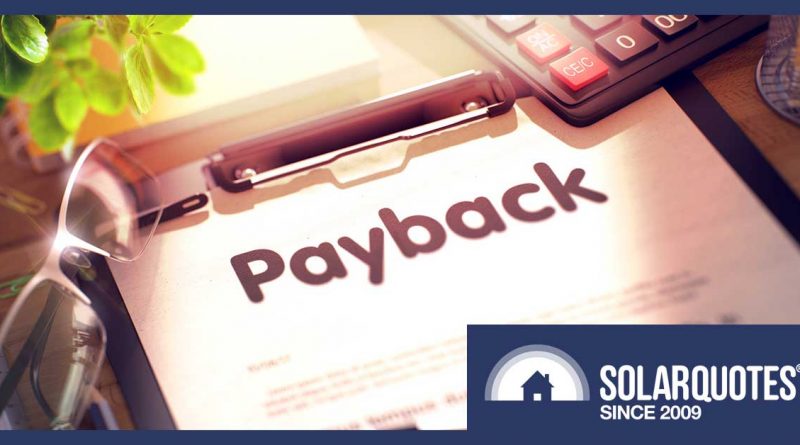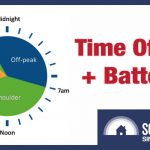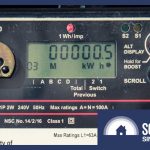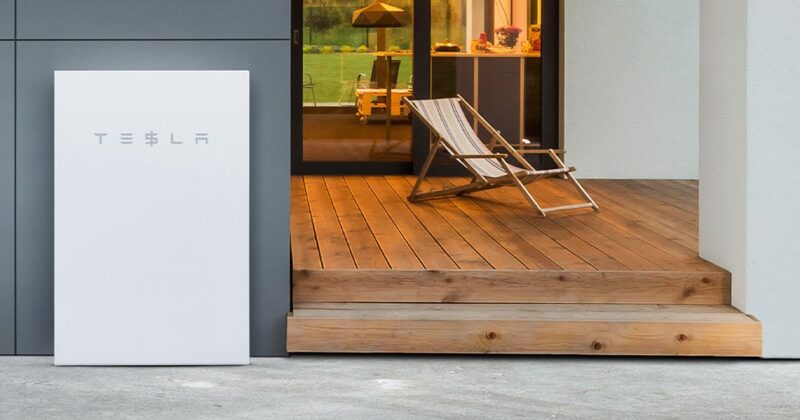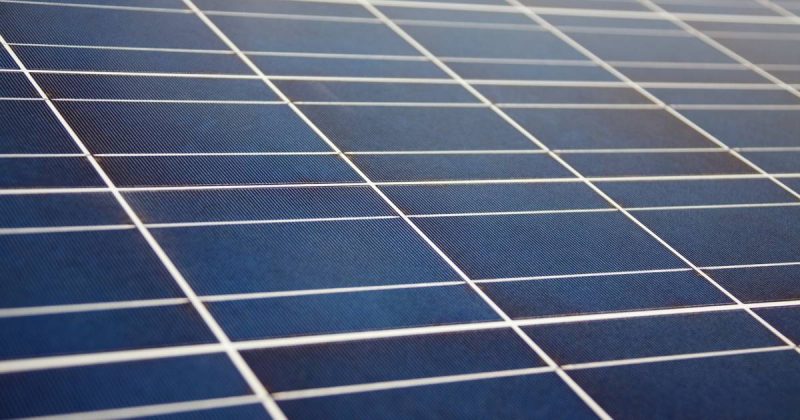Will A Demand Tariff Improve Home Battery Payback?

Last week I was contacted by a Queenslander named Terry. He was chuffed about the electricity bill savings he was getting by using a demand tariff with his home battery.
Demand tariffs offer cheaper grid electricity but include a demand charge based on your peak power draw1 from 4-9 pm. As Terry used zero grid electricity during this period, he was happy with his $0 in demand charges thanks to his battery.
He contacted me because he wanted to know if using a demand charge was enough to make home batteries pay for themselves within their 10-year warranty period.
I was intrigued. I’d heard people claiming demand tariffs can allow a home battery to pay for itself inside 10 years, but because they were selling batteries, I had assumed these people were full of hot air. To find out how much a demand tariff was likely to save a battery household, I decided to make the following comparison:
- The best flat tariff vs. the best demand tariff.
If Terry’s annual electricity bill with a demand tariff reduced his annual electricity much more than a flat tariff, then home batteries at their current prices could pay for themselves, so long as…
- The battery can almost always reduce demand charges to zero.
- The home, like Terry’s, consumes more electricity than average.
But, to my surprise, even with the assumption that demand charges would always be $0, using a flat tariff turned out to be cheaper.
The difference wasn’t much, but I was expecting the demand tariff to come out significantly ahead. In practice, the demand tariffs will probably cost even more because the home is likely to pay a demand charge occasionally.
So it looks like claims that demand tariffs are enough to make a home battery pay are wishful thinking. But I still have an open mind – if you know of a particular demand tariff that can make batteries pay, let me know in the comments.
Household Details
Terry lives in South East Queensland. Not in the sprawling blob of Brisbane or in the cities that snake out of Brisbane to its north and south along the coasts. But he does live close enough to still be in the Energex area and have plenty of choices for electricity retailers.
I’ve put details of his electricity production and consumption below but rounded some figures to make comparisons easier. The rounded figures are what I’ve I’ve used to determine his electricity bills:
- His solar system is 13.3 kilowatts and generates 20,000 kilowatt-hours a year
- Solar energy self-consumption is 7,000 kilowatt-hours per year
- Grid electricity consumption is the same at 7,000 kilowatt-hours per year.
- Solar exports are 13,000 kilowatt-hours a year.
- His battery allows him to avoid all demand charges.
To make things even simpler, I will assume his battery is magical and operates with 100% efficiency. The actual round trip efficiency of his DC-coupled battery is likely about 90%. If it were 90% then 10 kilowatt-hours of energy would have to be put in for every 9 kilowatt-hours taken out.
His home consumes 7,000 kilowatt-hours of the 20,000 his solar power system produces, making his solar self-consumption 35%. This is high for a 13.3 kilowatt solar system but includes his battery storing solar energy during the day for use at night.
Flat Tariff Total Bill: $241
I’m going to use the best electricity plan I can find to work out the annual cost of a flat tariff. Using the SolarQuotes Electricity Retailer Comparison tool, the best I can find is Alinta Energy’s Priority Plus Plan:
- Daily supply charge: 99.47 cents
- Per kilowatt-hour charge: 18.16 cents
- Solar feed-in tariff: 11 cents
There are electricity plans from AGL and Momentum that have higher feed-in tariffs, but they are only available for solar systems that are 10 kilowatts or smaller.
After crunching the numbers and adding $37 to allow for Queensland’s metering charges, the annual electricity bill with this tariff comes to:
That’s pretty good. A 13.3 kilowatt solar system is normally big enough to give households a hefty credit on their electricity bills, but because Terry’s total electricity consumption is nearly three times what’s typical for a home in the area it’s necessary to shell out some money, but not much.
Note this result includes the benefit of storing solar energy in the battery for use at night.
Demand Tariff Total Bill: $256
I tried to find the best demand tariff plan available. It wasn’t easy because the SolarQuotes Retailer Comparison tool is still under development and can’t handle demand tariffs. (I told it not to feel bad about this because no comparison tool I know of handles them well.)
The best one I found was Alinta Energy’s Home Deal — Demand Single Rate & Solar. While there may be a better plan out there, I’m confident this is among the best available.
Once again, there are demand tariff plans with higher solar feed-in tariffs, but only for systems of 10 kilowatts or less.
The details of the Alinta plan are:
- Daily supply charge: 139.07 cents
- Per kilowatt-hour charge: 16.31 cents
- Solar feed-in tariff: 11 cents
There’s also a monthly demand charge equal to the highest grid kilowatt-hour consumption in any half-hour period from 4-9 pm multiplied by $17.08. So if the most grid energy a household used in half an hour2 during the peak period was 2 kilowatt-hours, they would have a demand charge of $34.16 for that month added to their bill. If they averaged that amount every month it would come to $410 a year.
If we assume the battery allows the household to avoid demand charges entirely, then their annual electricity bill would come to:
The demand tariff had a lower per kilowatt-hour charge and an identical feed-in tariff, but it still came out more expensive overall due to its higher daily supply charge. So even if the home never has to spend a cent on demand charges, it still ends up worse off than on the best flat tariff I could find.
There are demand tariffs with a considerably lower per kilowatt-hour charge for grid electricity. The lowest I found was 12 cents. But as these also have lower feed-in tariffs, the home would be worse off with them.
Discover VPP Savings: Hard To Say
Terry also joined a VPP or Virtual Power Plant that helped improve the return from his battery. In an ideal situation, this would provide the same return whether his home used a flat tariff or a demand tariff. But in practice, he is likely to receive a lower return from joining a VPP and using a demand tariff than he would with a flat tariff.
This is because VPPs can take control of your battery and send stored energy into the grid whether you want them to or not. Some VPPs will never drain a battery below a certain point — for example, they may always leave at least 20% charge remaining — but Terry joined the Discover Energy VPP and they give themselves the right to drain all the usable energy from Terry’s battery if they want to. If this happens the only way to avoid being hit with a demand charge will be to sit in the dark without using any power – or start up a generator.
If you want the details of the Discover Energy VPP you can find them on our VPP comparison table. It’s impossible to figure out how much joining is likely to save, as it will depend on what happens in electricity markets. It can definitely pay to join a VPP — but only if you don’t mind losing control of your battery.
Why Demand Tariffs + Batteries Aren’t Great
I was surprised at how poorly a demand tariff + battery performed. I thought the zero demand charge assumption would put demand tariffs well ahead. I expected to have to spend a paragraph or two explaining that relying on a battery to always eliminate demand charges was a risky proposition, as bad weather, high consumption, battery breakdowns, or — worst of all — house guests can always result in unexpected and potentially hefty demand charges.
There are a few reasons why a demand tariff plus battery doesn’t result in great savings:
- The main benefit of demand tariffs is the lower per kilowatt-hour charge and solar households normally use much less grid electricity than non-solar homes. This is especially true if they have a battery.
- The benefit of a good feed-in tariff often outweighs the benefit of cheaper grid electricity.
- Unless you have a reliable auto-start generator, it’s not realistic to expect your battery to always allow you to avoid demand charges. Especially if you join a VPP.
It is possible some households with batteries and small solar systems could be better off with demand tariff, but — provided there is room on the roof — they would be better off installing more solar. Once batteries become cheap enough, a battery plus a demand tariff could work well for homes without roofs.
For now, a time-of-use tariff, one that charges different amounts for grid energy depending on the time of day, is likely to be the most cost-effective tariff for homes with a battery. Once home batteries that I consider reliable fall significantly in price, I’ll write about how much a battery plus a time-of-use tariff is likely to save a solar household.
But just because home batteries don’t pay for themselves yet, it doesn’t mean it never makes sense to get one. Terry bought his battery to deal with frequent blackouts in his rural location. Even if the electricity supply is very reliable where you are, you may simply want a battery. After all, it’s not as if all those people driving BMWs bought them to save money.
But if saving money is important to you, don’t believe salespeople who claim demand tariffs are enough to make batteries pay. Carefully go over any calculations they provide. If they manage to convince you, send them to me before you buy anything because I may be able to show you what they got wrong.

Footnotes
- Note: this is Power (kW) – not to be confused with energy (kWh) ↩
- These half-hour periods start on the hour. So the first half-hour period during the peak period starts at 4:00 pm and ends at 4:29 and 59.9999… seconds. The second half-hour period starts at 4:30 and so on. This means it’s possible to reduce your demand charge by spreading a 20 minute period of high electricity consumption across two half-hour periods rather than having it occur entirely in one. ↩
Original Source: https://www.solarquotes.com.au/blog/demand-tariff-battery/

